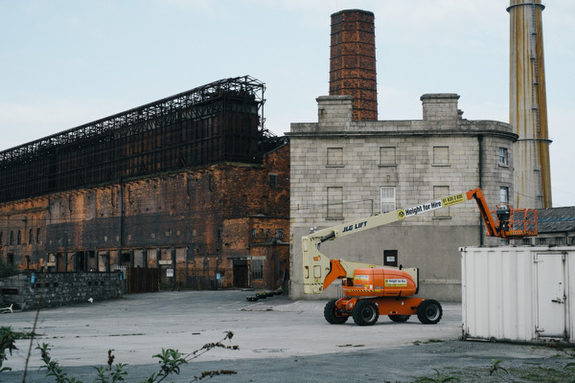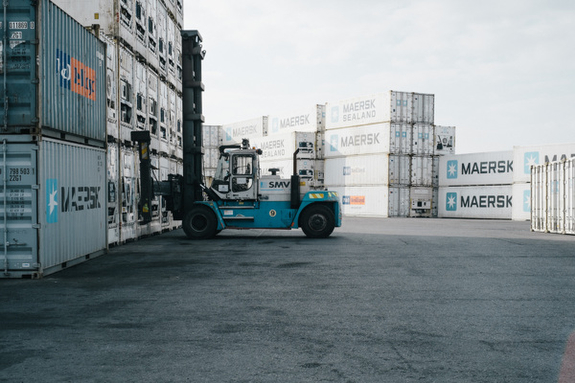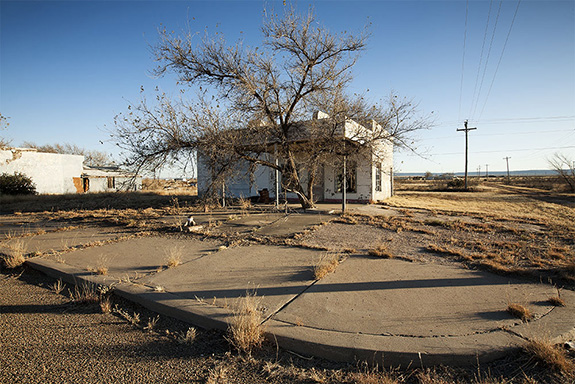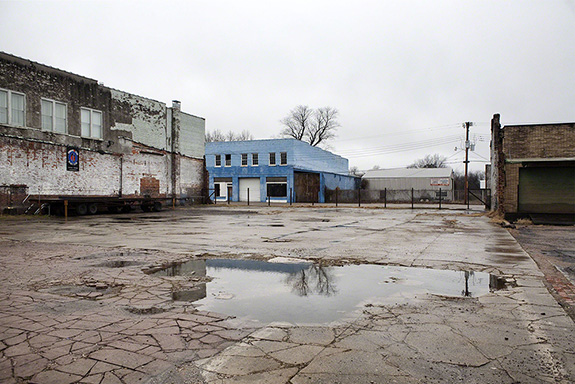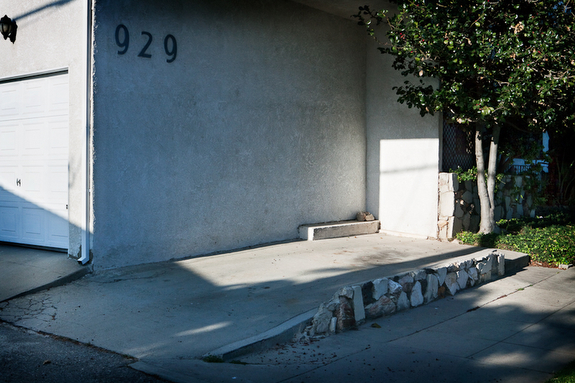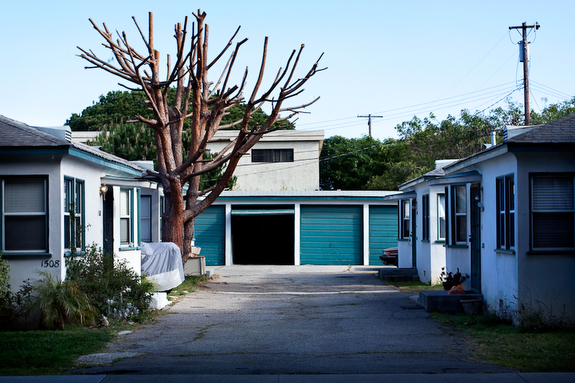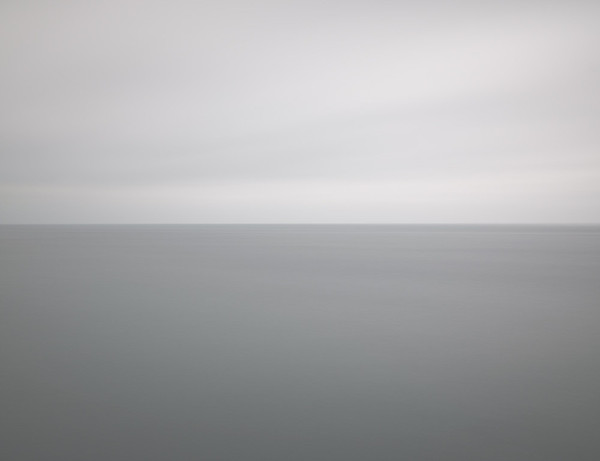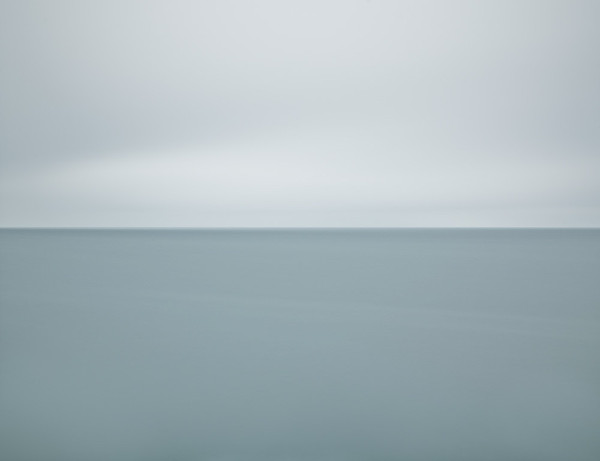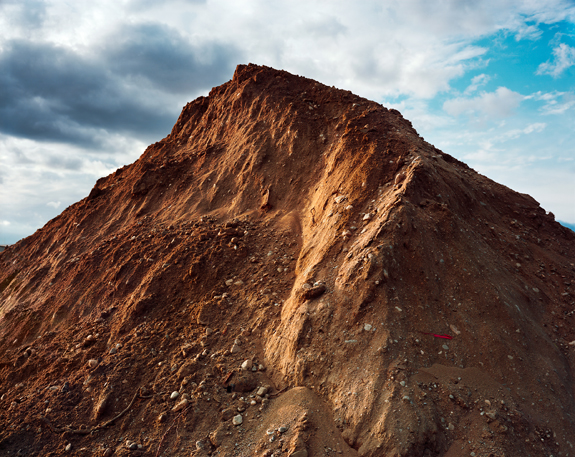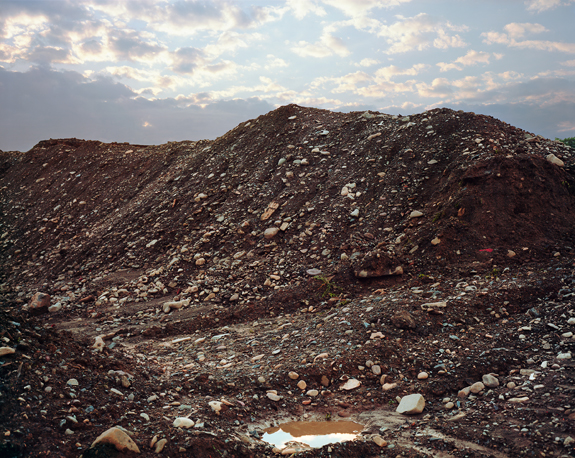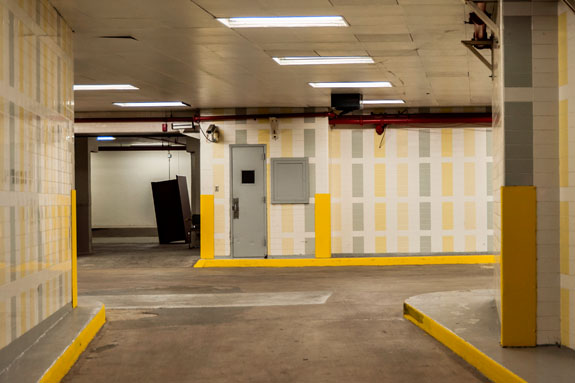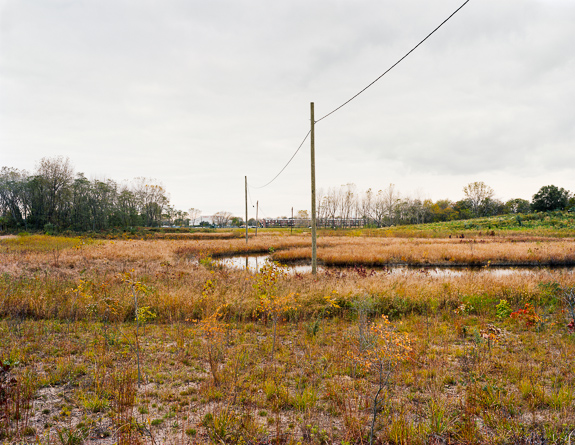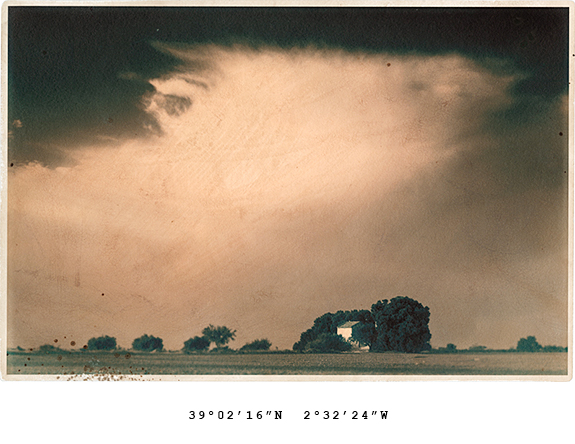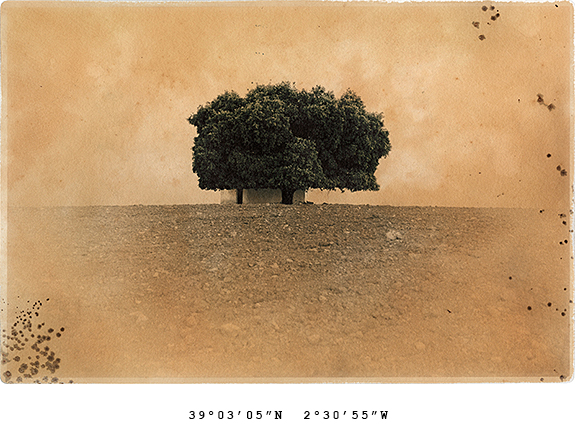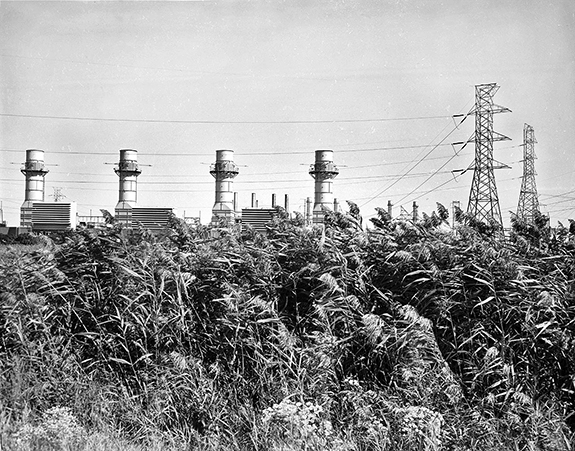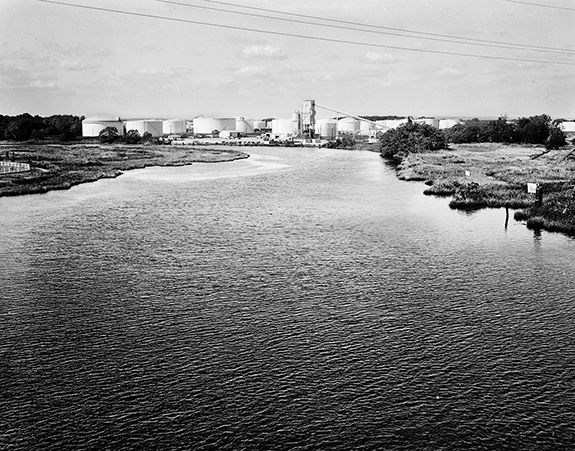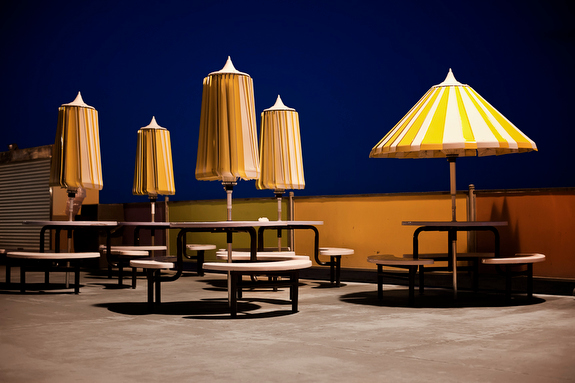
www.EleonoraFotografia.net
Like most children of my generation, I was an avid reader with a very active imagination. I created stories full of intrepid characters and riveting adventures like those in Alice in Wonderland and Gulliver’s Travels. Amusement Parks inspired me to bring that world of fantasy to life. I could hear the whoosh of the wind, the screeching of the metal, and the kids screaming. Beyond all this, I discovered hidden voices, ones that spoke from inside plastic creatures, from giants who were asleep, and toys in a world of Lilliputians. It was also my father and grandfather’s favorite place, where we shared laughs and fears, the sound of the carrousel, my favorite cotton candy and enjoyed the last very second of those memorable afternoons. They both passed away when I was very young, so these adventures still resonate in my mind as a wonderful and vivid experience.
As an adult, I began to revisit some of these memories and parks, just after sundown, when tired families were heading home. The twilight brings an ominous feel to the parks and the absence of people opens a space for me to create my own stories. There is also a stillness that allows me to bring back my memories, and I feel the echoes of my childhood and my family, who are no longer physically here, but their presence is still palpable.
These photographs represent my past and present. Not only do they remind me of fun and fantasy, but also of fear and uncertainty. The empty spaces remind me of what I have lost, but they also invite me for one last ride, one last adventure… before the lights go out.
— Eleonora Ronconi, Santa Clara, California, USA

